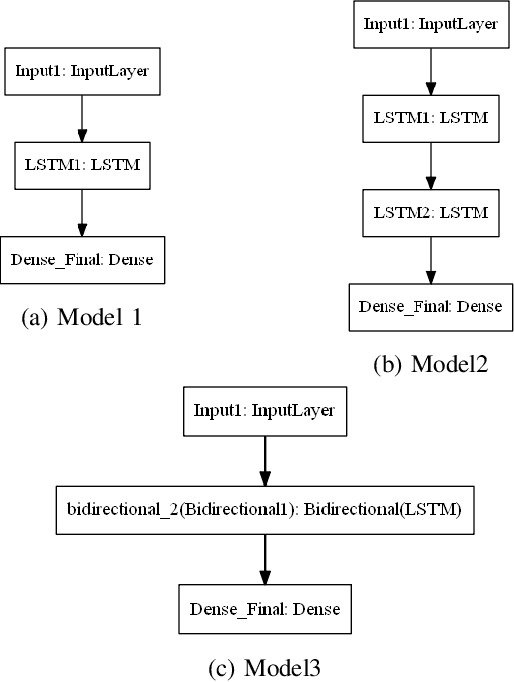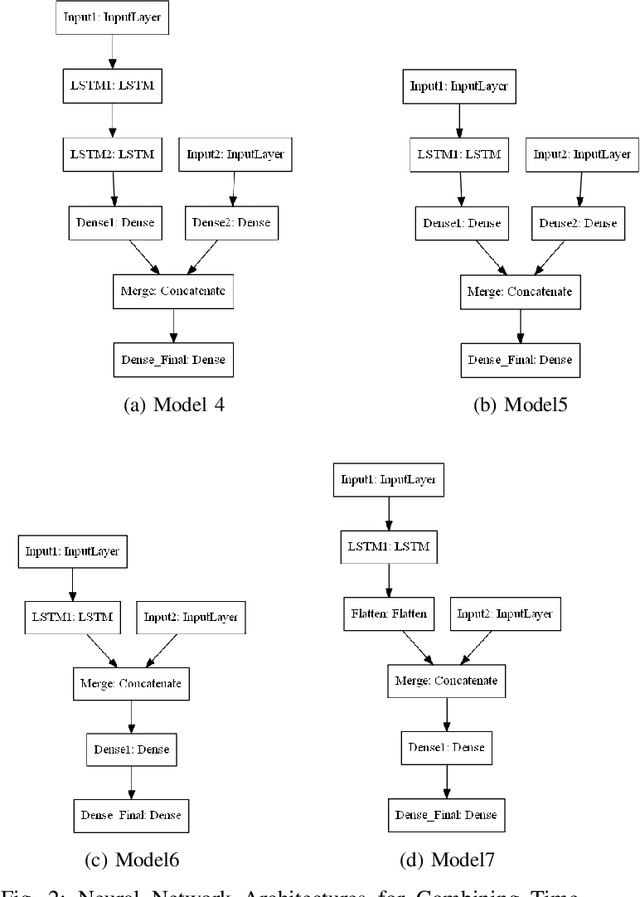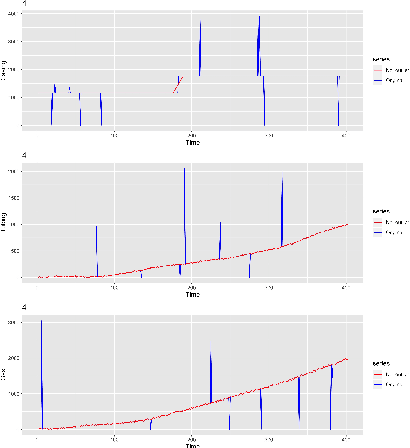Comprehensive Analysis of Time Series Forecasting Using Neural Networks
Paper and Code
Jan 27, 2020



Time series forecasting has gained lots of attention recently; this is because many real-world phenomena can be modeled as time series. The massive volume of data and recent advancements in the processing power of the computers enable researchers to develop more sophisticated machine learning algorithms such as neural networks to forecast the time series data. In this paper, we propose various neural network architectures to forecast the time series data using the dynamic measurements; moreover, we introduce various architectures on how to combine static and dynamic measurements for forecasting. We also investigate the importance of performing techniques such as anomaly detection and clustering on forecasting accuracy. Our results indicate that clustering can improve the overall prediction time as well as improve the forecasting performance of the neural network. Furthermore, we show that feature-based clustering can outperform the distance-based clustering in terms of speed and efficiency. Finally, our results indicate that adding more predictors to forecast the target variable will not necessarily improve the forecasting accuracy.
 Add to Chrome
Add to Chrome Add to Firefox
Add to Firefox Add to Edge
Add to Edge